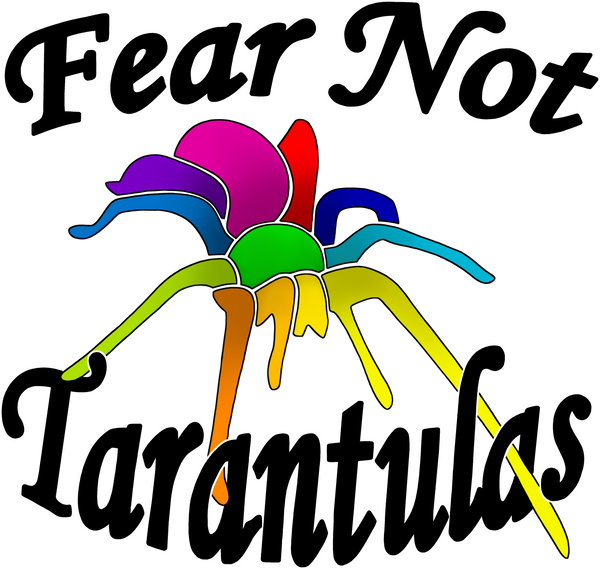Hysterocrates gigas (Cameroon Red Baboon Spider) Care sheet
Hysterocrates gigas (Cameroon Red Baboon Spider) Care sheet + Information

Name Pronunciation:
Hysterocrates (hi-stuh-ro-KRA-teez)
gigas (JEE-guhs)
* Adapted from The American Tarantula Society
Name and Description History:
Hysterocrates gigas Pocock, 1897
Hysterocrates gigas Smith, 1990
Hysterocrates gigas Peters, 1998
Hysterocrates gigas Peters, 2000
Hysterocrates gigas Schmidt, 2003
Old World. Fossorial
Size: About 6-7”
Growth Rate: Fast
Natural Habitat: Central Africa, Cameroon. They live around river banks.
Housing Needs: Terrestrial burrowing setup. This species likes higher humidity and moist substrate.
Temperament: This is known to be a very defensive species, but chooses to hide as a first line of defense. It is quite shy but can become defensive if it feels threatened or cornered. It will often dive into its water dish in an attempt to hide!
About: It swims, catches fish, and is communal! If you are seeking a tarantula with some truly unique qualities and talents, this is the one for you! First, it is communal. . . some even say it is the most communal tarantula you can have. Other species that can live close together usually have their own ‘space’ and just kind of put up with each other. This species, however, goes further and will often share their space with others, so you may see more than one living in a single burrow. Secondly, this remarkable creature loves being around the water and will dive in, actually swim to a shallow bottom and hide under something if disturbed. They have been observed staying submerged under water for 2 or more hours. If you do a Google search, you can find many examples of unique habitats that have been designed to provide access to water and fish in a community setting. Though typically not a good display tarantula due to its tendency to burrow, this could be your most interesting and aesthetically pleasing setup if water and plants were incorporated and made into a terrarium-like display. If anyone does this, please send me pictures so I can post them on this site!
From Tom’s Big Spiders - Husbandry notes:
Upon receiving the two timid slings, I housed them in 32 oz Ziploc deli containers. The T. gigas is a fossorial species that loves to build intricate and extensive burrows, so the taller cups allowed for several inches of moist substrate for tunneling. Within a day of being introduced to their new homes, both of my slings burrowed straight to the bottom.
The first several months I kept my gigas slings, I rarely saw them. I keep a number of fossorial speices, and I usually have good luck catching them out and about in the morning when I come down for work and first turn on the lights. These guys, however, were much more reclusive and difficult to spot. Occasionally, I’d catch a glimpse of a back leg as one quickly slunk down into its burrow, but that was about it.
I did know that they were eating well. Twice a week or so, I would drop in a cricket, and it was almost always gone by morning. On the rare instance that the prey item was still there the next day, I would just assume the spider was in premolt and wait a week to try again. Due to the amount they were eating, I guessed that they had to have put on quite a bit of size during this period. However, the fleeting glimpses I was able to catch of them made it difficult to assess their size.
For temperatures, they were kept 72-75° in the winter and 75-80° in the summer months. I didn’t notice any difference in how much they ate due to seasonal temperature changes. This is a species that does not tolerate dry conditions, so I made sure to keep the substrate moist by periodically pouring water in and letting it percolate down the sides of the enclosure. This helped to keep the lower levels of its den damp even as the top of the substrate dried out a bit. I also provided each with a small water dish (both were unceremoniously buried several times).
Definitely a fast-growing tarantula!
Tom's full article on this species can be found here: H.gigas husbandry notes
